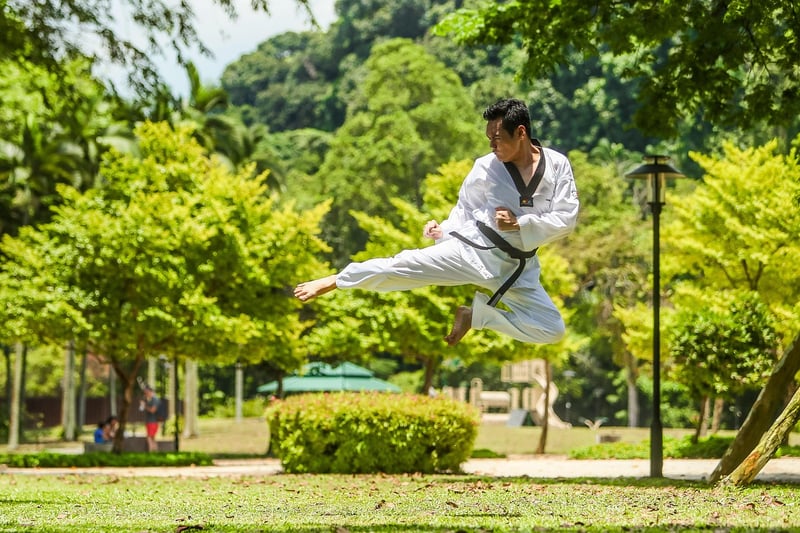Kung Fu forms
The Art of Discipline and Self-Defense: Exploring Kung Fu Forms
Discipline and self-defense are essential aspects of many martial arts practices, with Kung Fu being a prominent example that embodies these principles. Kung Fu, also known as Chinese martial arts, encompasses a wide range of fighting styles and techniques that emphasize both physical prowess and mental focus. One of the key components of Kung Fu training is the practice of various forms, also known as "katas" or "taolu," which are choreographed sequences of movements that simulate combat scenarios.
The Importance of Discipline in Kung Fu
Discipline lies at the core of Kung Fu practice. Students are required to adhere to strict training regimens, show respect to their instructors and fellow practitioners, and cultivate a strong work ethic. Through disciplined training, practitioners develop physical strength, mental fortitude, and emotional resilience. The rigorous nature of Kung Fu training instills values such as perseverance, focus, and humility, which are essential not only in combat but also in everyday life.
Self-Defense Techniques in Kung Fu
While Kung Fu forms serve as a way to practice techniques and movements in a controlled environment, the ultimate goal of Kung Fu is self-defense. Kung Fu practitioners learn a variety of striking, blocking, grappling, and evasion techniques that can be applied in real-life self-defense situations. By mastering these techniques, practitioners develop the skills and confidence necessary to protect themselves and others if faced with a threat.
Exploring Kung Fu Forms
Kung Fu forms are an integral part of training and play a crucial role in developing a practitioner's skill and understanding of the art. Each form consists of a series of movements that flow seamlessly from one to the next, incorporating strikes, kicks, blocks, stances, and footwork. Practicing Kung Fu forms helps improve coordination, balance, flexibility, and muscle memory.
Popular Kung Fu Forms
- Shaolin Five Animals: Based on the movements of the tiger, crane, leopard, snake, and dragon, this form combines strength, agility, and speed.
- Wing Chun Wooden Dummy Form: Utilizing a wooden dummy, this form focuses on close-range combat and trapping techniques.
- Tai Chi Yang Style: Known for its slow, flowing movements, this form emphasizes relaxation, balance, and internal energy cultivation.
- Bagua Zhang: Characterized by circular movements and quick changes in direction, this form enhances agility and footwork.
Practicing Kung Fu forms not only improves physical abilities but also fosters mental discipline, concentration, and mindfulness. By mastering these forms, practitioners can deepen their understanding of Kung Fu principles and enhance their overall martial arts skills.
Conclusion
Discipline and self-defense are fundamental aspects of Kung Fu practice, with Kung Fu forms serving as a means to develop both physical and mental capabilities. By dedicating themselves to the study of forms and techniques, Kung Fu practitioners can cultivate a deeper connection to the art and harness its benefits in combat and daily life.
Embark on your journey of self-discovery and empowerment through the practice of Kung Fu forms, and experience the transformative power of discipline and self-defense in this ancient martial art.



Images source: Pixabay
